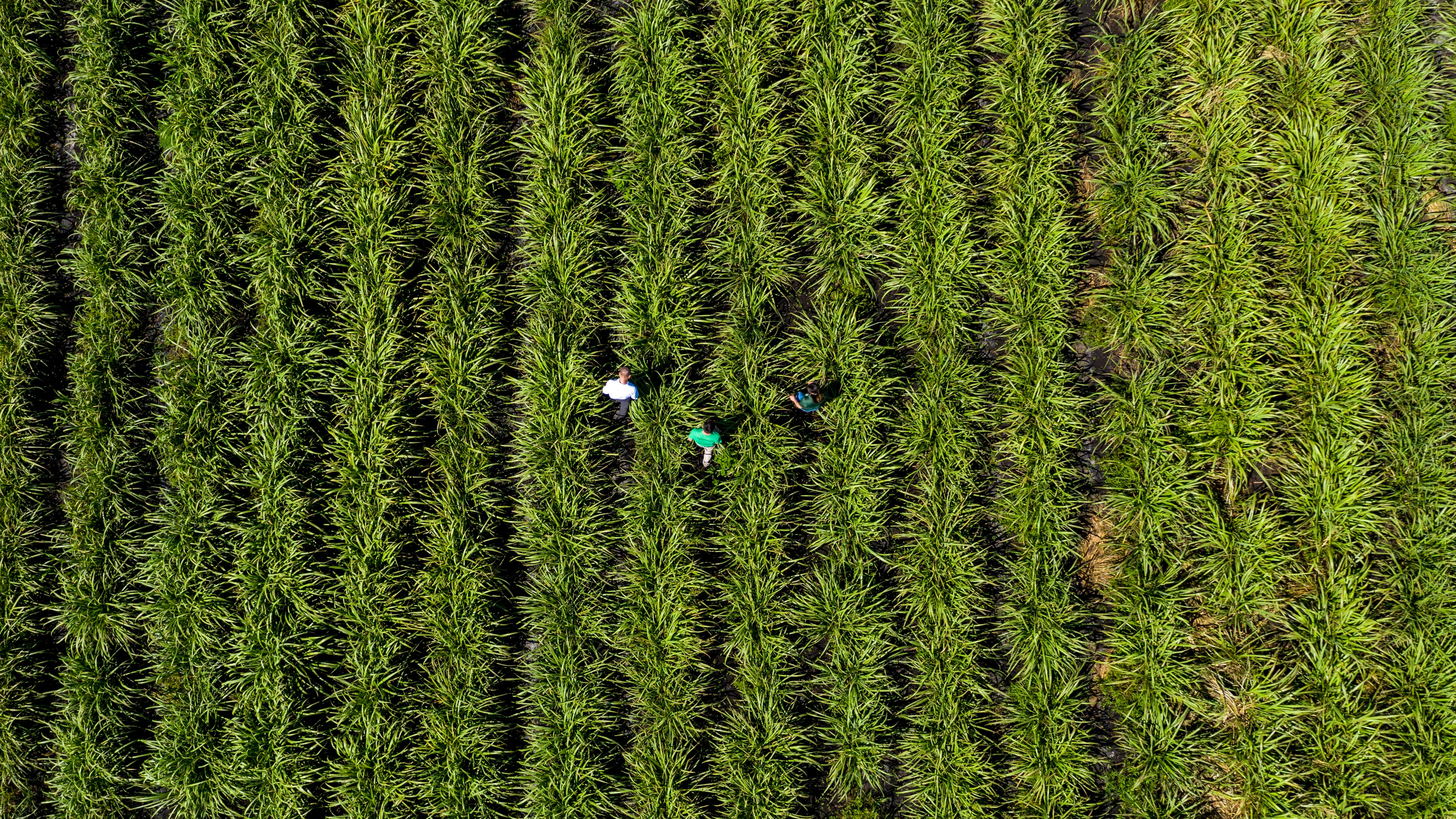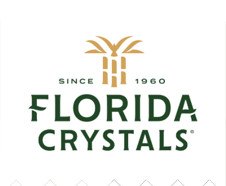Sugarcane: Nature's Wonder Grass
Sugarcane is a C4 plant, which means it is equipped with a turbocharged method of photosynthesis. This system makes it one of the world's most efficient crops at turning the natural power of the sun into food and energy.
CARBON CAPTURE
While C4 plants only account for 3% of the Earth's plants, they are so powerful they provide 25% of the global carbon fixation.
ABUNDANT CROP
Because sugarcane is uniquely plentiful, the plant alone provides nearly all the raw materials needed for the sugar-making process. Comprised of roughly 75% water, 10% sucrose, 10% fiber and 5% molasses, when our sugarcane reaches the mill, it brings in the food products we make (sugar and molasses), the water to make them and more than enough all-natural plant fiber to generate eco-friendly power for the entire process. In fact, a single sugarcane stalk amazingly contains roughly 30 teaspoons of sugar, 6 teaspoons of molasses, 6 ounces of bagasse fuel and 1 quart of water.

Our Florida-grown sugarcane is farmed in the Everglades Agricultural Area (EAA), south of Lake Okeechobee. Sugarcane is the most environmentally friendly crop for our agricultural region. Sugarcane is a perennial. Much like a lawn, when it's cut, it regrows. Our sugarcane grows mutli-year crop cycles. This means that once the roots take hold, it stabilizes and conserves the soil over multiple years, unlike crops that require land preparation annually. Importantly, it also captures and stores carbon.
Sugarcane’s growing cycle is also in sync with South Florida’s tropical weather. During the wet season, sugarcane is established and utilizes the rainfall for irrigation. Sugarcane requires approximately 40 inches of water a year. With an average of 60 inches of rain in the region annually, in a normal year, we have more than enough surface water to irrigate our crops. In the winter, when there is less rain, sugarcane is being harvested and planted.
